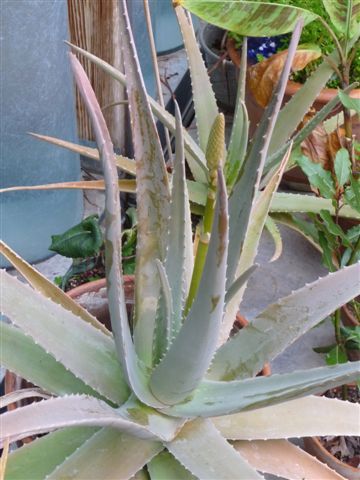How to Grow Aloe Vera Kellogg Garden Organics™
$ 10.99 · 5 (437) · In stock

Aloe vera is a low-maintenance, drought-tolerant plant that's fun & easy to grow. See our full guide to grow & care for aloe vera plants!
Learn how to grow Aloe Vera! Aloe Vera is a succulent plant with thick leaves and stems that store water, making them drought-tolerant. They can grow up to two feet tall and produce spikes of long pointed leaves that are filled with a gooey gel, touted for its healing properties.
This plant is native to warm, dry climates and is tolerant of inattention, making it an idyllic selection for those craving low-maintenance plantings. Check out our full guide for how to grow Aloe Vera so you can take the guesswork out of caring for these beautiful and medicinal succulent plants.
Ideal Soil Composition & pH for Growing Aloe Vera
When you learn how to grow aloe vera, soil composition is paramount to the plant's success. Like most succulent plants, aloe vera plants prefer a loose, rocky soil that is well-draining. Adequate drainage in your succulent plants' soil is vital, as too much moisture can cause wet feet and rot out your entire plant. Avoid using traditional all-purpose potting soils when planting aloe vera. Instead, use a potting mix specifically formulated for succulents and cactus plants and plant in a pot with holes in the bottom for drainage.
Aloe vera grows well in slightly acidic soil that hovers around 6.0 on the pH scale. Alkaline soil has the potential to cause the demise of succulent plants.
Aloe Vera Plant Light & Temperature Requirements
Aloe vera plants can be grown both indoors and outdoors. They thrive in temperatures that range somewhere between 55- and 80-degrees Fahrenheit. The amount of light to give your aloe plants can vary depending on where you are growing them.
How to Grow Aloe Vera Indoors
When growing and caring for succulents indoors such as aloe vera, allow the plant access to as much light as possible. Avoid placing aloe vera plants too close to a window or any glass, however, as it can intensify the sun to the point that it can cause sunburn on your plants.
Growing Aloe Vera Outdoors
When growing succulents outdoors such as aloe vera, use care to protect the plant from the intense afternoon sun. It's best to plant in an area of the yard that receives a couple of hours of morning sun and filtered or indirect light throughout the day.
Note that this care plan differs from many other outdoor succulent varieties which can withstand more direct sunlight.
You may have to adjust these parameters depending on the climate that you live in. If you live in an intensely hot climate, you may have to give our plants more sun protection. If you reside in cooler temperatures, your plants can probably withstand a bit more direct sunlight during the day.
Aloe vera plants are hardy in zones 9-11, where they can remain outdoors all year long. If you live in cooler zones, you can still grow them outside, but they must be brought indoors before any chance of frost creeps in.
The Best Way to Water Aloe Vera Plants
Overwatering your aloe vera plants can be one of the biggest mistakes that you can make. Plants only need to be watered occasionally for them to grow optimally.
Water plants about once every two weeks during the growing season.
Water once every 3 to 4 weeks during the fall and winter months.
Allow soil to dry out between waterings completely.
Dip your finger about two inches into the soil to determine the moisture levels in the soil. If you feel moisture, let the plant be. If the soil is parched, then give the plant a watering.
Overwatered plants will start to yellow, and leaves may begin to fall away from the plant.
Underwatered plants tend to have thin, shriveled leaves because they have had to use their water storage supply to nourish the plant.
Nutrients Needed for Growing Aloe Plants
Aloe plants are relatively low maintenance plants. They don't require too much fertilizing but can use a boost now and then during the growing season. Fertilize plants with plant food that is specifically formulated for succulents and cactus plants once in early spring and again in mid-summer. These plants tend to rest in the fall and winter months, so they don't need that boost of nutrients during their dormant period.
How To Harvest Aloe Vera
Now that you've learned how to grow aloe vera, learn how to harvest it. Aloe vera is widely touted for its antibacterial and medicinal properties. The gel they produce inside their leaves is excellent for treating burns, cuts, and other skin conditions. The gel is also readily used in moisturizers, hand sanitizers, shampoos, and other products. Some even say that you can use it on trees after pruning to prevent disease.
Harvesting it is easy. You can snip off small segments of a leaf and allow the leaf to be calloused over, or you can harvest the entire leaf for more significant uses.
Additional Aloe Vera Growing Tips
Now that you've learned how to grow aloe vera, here are some additional tips to help you along your growing journey with this phenomenal plant.
Do not consume aloe vera orally. In large amounts, aloe vera can be toxic to animals and humans if ingested.
Aloe vera plants sometimes produce offshoots called pups. They can be removed from the plant, leaving as much base as possible, and repotted into smaller pots.
Aloe plant root systems like to be snug in their pots, so unless the plant has overwhelmingly outgrown its pot, you can leave it in its pot.
Plant your aloe vera plants in a ceramic or terra cotta pot to balance out the plant's top-heavy nature.
Aloe vera plants sometimes can produce a lovely yellow or orange flower spike. Enjoy the bloom and then follow the shoot line down the base and snip away spent flowers with pruning shears.
Share The Garden Love

How to Grow Aloe Vera Kellogg Garden Organics™

Succulents Blog Kellogg Garden Organics™

All Natural Indoor Potting Mix

Aloe vera: how to grow, use, eat!

Gardener's Guide To Succulent Care
Kellogg Garden Organics All Natural Indoor Potting Mix is a ready-to use mix for all your indoor container gardening projects. How to use: Put soil in
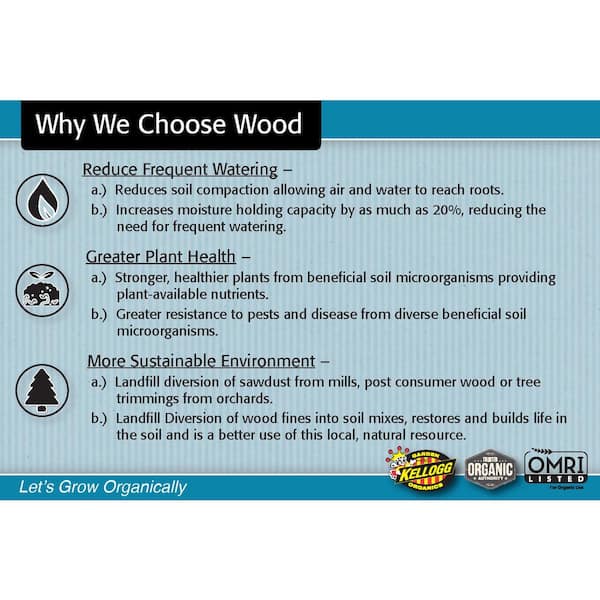
Kellogg Garden Organics 25 Qt. All Natural Indoor Potting Mix 3023
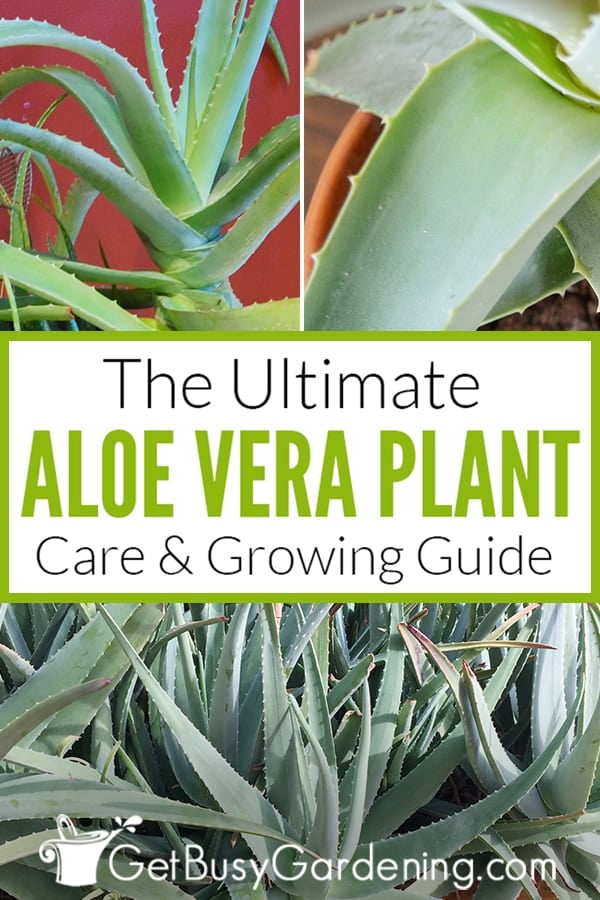
Aloe Vera Plant Care & Complete Growing Guide - Get Busy Gardening, aloe vera
Aloe Vera Plant Care & Complete Growing Guide - Get Busy Gardening, aloe vera
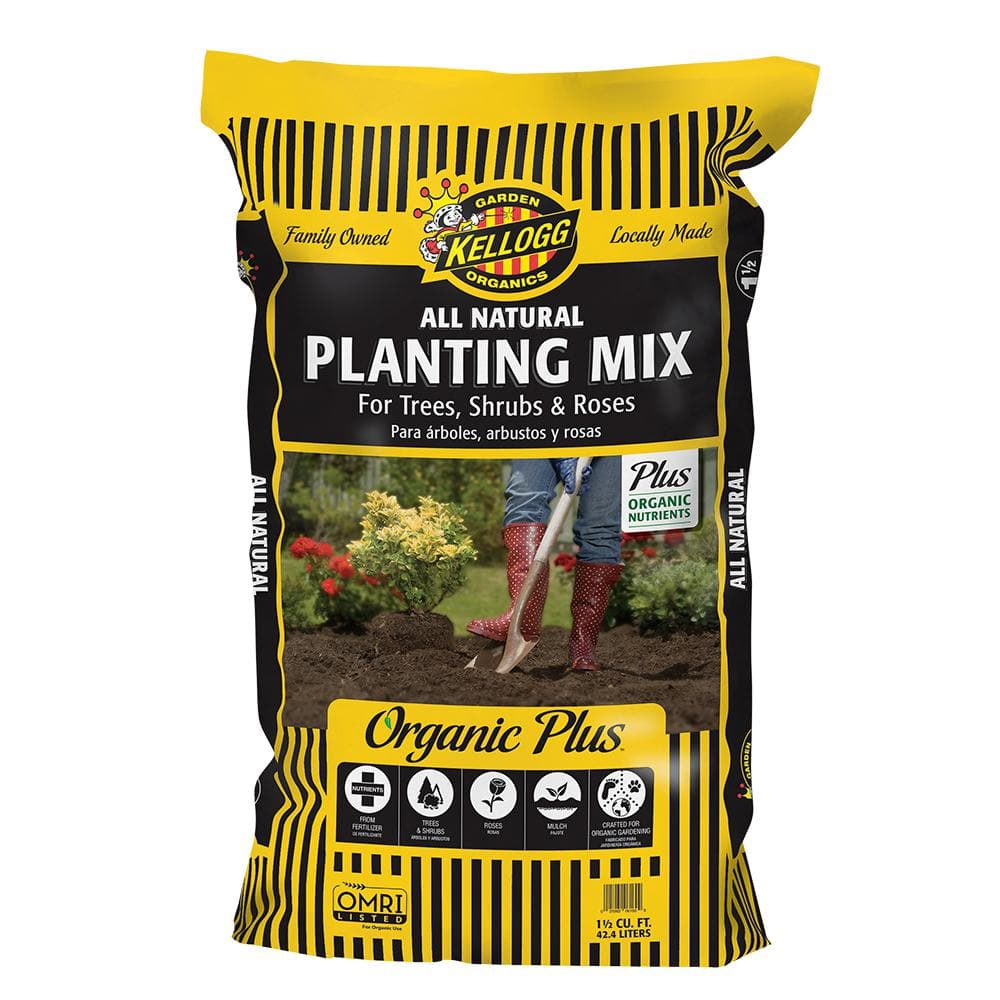
Kellogg Garden Organics 1.5 cu. ft. All Natural Planting Mix for Trees, Shrubs and Roses 6160 - The Home Depot
Kellogg Garden Organics All Natural Garden Soil for Flowers and Vegetables revitalizes your native soil, organically. Formulated for in-ground

HI Kellogg Garden Organics- 3CF All Natural Garden Soil

Aloe vera: how to grow, use, eat!

Trees, Shrubs & Roses Planting Mix

Easy Houseplants To Grow Inside
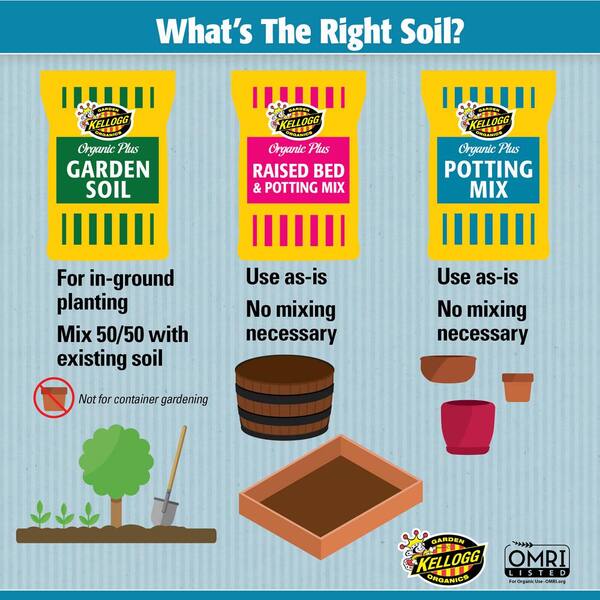
Kellogg Garden Organics 1 cu. ft. All Natural Garden Soil for
Kellogg Garden Organics All Natural Garden Soil for Flowers and Vegetables revitalizes your native soil, organically. Formulated for in-ground
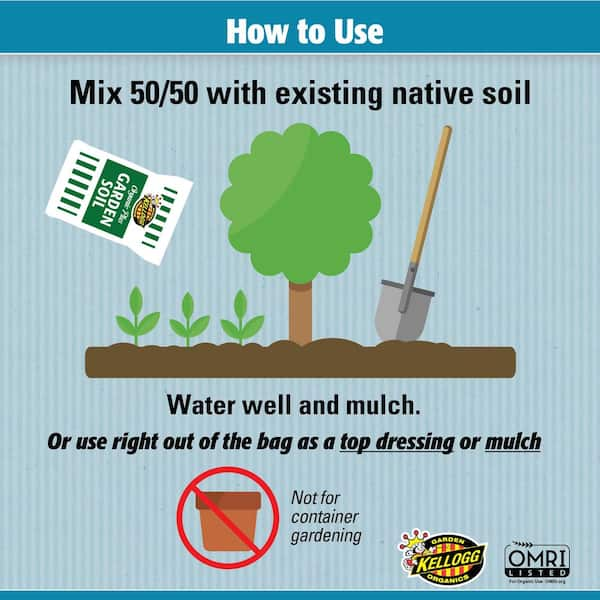
2 cu. ft. All Natural Garden Soil for Flowers and Vegetables
